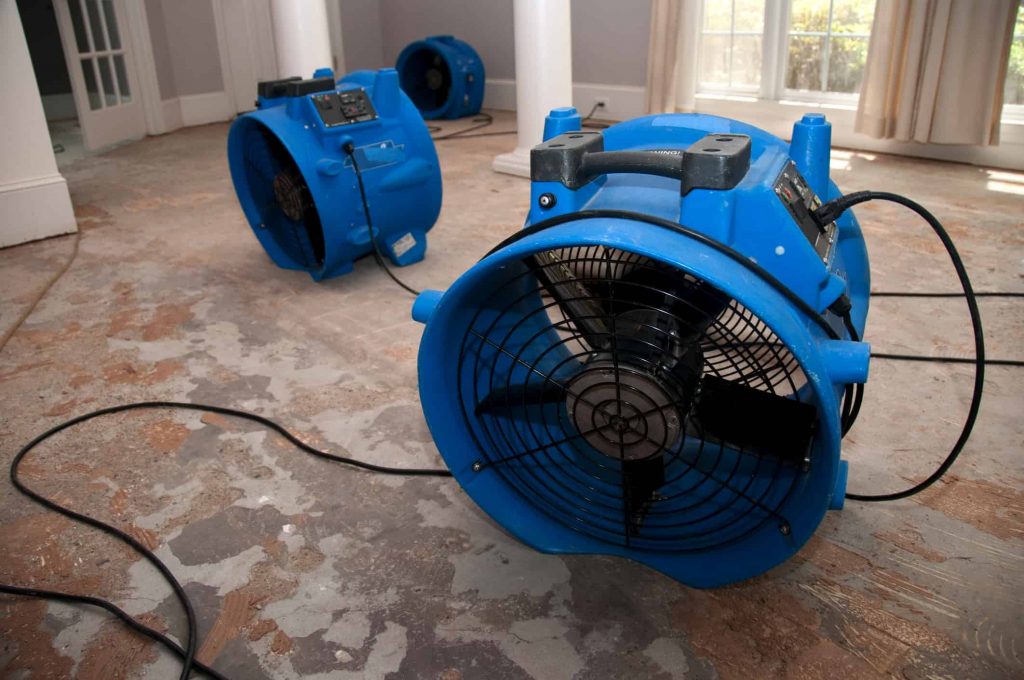The Importance of Drying and Dehumidification in Water Damage Restoration
In the aftermath of water damage, one of the most crucial steps to restore a property to its original condition is the drying and dehumidification process. This process involves the use of industrial-grade equipment to remove excess moisture from materials and the air, which if left unchecked, can lead to further damage and mold growth.

The Science Behind Drying and Dehumidification
What is Drying?
Drying refers to the process of removing absorbed and excess water from materials. In the context of water damage restoration, this typically involves the use of specialized equipment like air movers, which promote evaporation by moving air across wet surfaces.
Understanding Dehumidification
While drying helps to remove surface water, dehumidification goes a step further. It reduces the overall moisture level in the air. This is critical because high humidity can slow down the drying process and create a suitable environment for mold growth.
Dehumidifiers work by drawing in moist air, cooling it to condense the water vapor, and then discharging the dry air back into the environment. This process helps to expedite the overall drying process and prevent secondary water damage.
The Process of Drying and Dehumidification
The process of drying and dehumidification in water damage restoration follows a basic sequence:
- Extraction: The first step is to extract as much water as possible using powerful pumps or water extraction units.
- Evaporation: Air movers are used to promote rapid evaporation, which removes moisture from wet materials.
- Dehumidification: Dehumidifiers are used to remove the moisture from the air to help prevent secondary damage and speed up drying.
- Monitoring: The drying process is closely monitored using moisture meters to ensure all materials reach their dry standard.
Table: Drying and Dehumidification Process Steps
| Steps | Description |
|---|---|
| Extraction | Remove as much water as possible |
| Evaporation | Promote rapid evaporation to remove moisture from materials |
| Dehumidification | Remove moisture from the air |
| Monitoring | Ensure all materials reach their dry standard |
Why Professional Drying and Dehumidification is Essential
While it may be tempting to attempt drying and dehumidification on your own, hiring professionals like the Restoration Squad can offer several advantages:
- Industrial-grade equipment: Professionals use advanced equipment that can more effectively and efficiently dry your property.
- Expertise: Experienced technicians understand the science of drying and dehumidification, ensuring the job is done correctly to prevent further damage.
- Monitoring: Professionals will monitor the drying process and adjust their approach as needed to ensure optimal results.
Restoration Squad – Your Partners in Drying and Dehumidification
At Restoration Squad, we understand the critical role that drying and dehumidification play in restoring your property after water damage. Our team of experienced technicians, equipped with state-of-the-art industrial-grade equipment, is committed to delivering quality service to restore your property to its pre-damaged condition.
Don’t let excess moisture compound your water damage woes. Contact Restoration Squad today for expert drying and dehumidification services. Let us help you restore not just your property, but your peace of mind as well.

